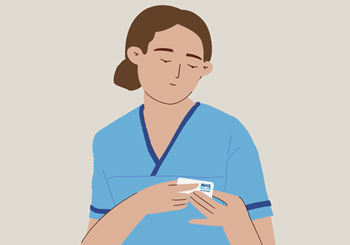Preceptee Roles and Responsibilities

Preceptee Roles and Responsibilities
Who is a preceptee?
The HCPC defines preceptee as an individual accessing a period of preceptorship. A preceptee will engage in preceptorship during a period of career transition. 3 (p.3).

What are the roles and responsibilities?
A preceptee will:
- Develop an agreement on the duration of the period of preceptorship with the preceptor.
- Identify objectives to guide development through the preceptorship period with the support of the preceptor.
- Communicate clearly with the preceptor to identify learning needs, ask for support, and escalate any issues.
- Actively engage throughout the preceptorship period seeking opportunities for learning and being open to feedback.
- Reflect on progress and use reflective practice to identify strengths and areas for further development to support lifelong learning.
- Record any new skills developed during the preceptorship period into a continuous professional development (CPD) portfolio and share experiences widely on the impact of preceptorship on practice.
- The preceptee is encouraged to make effective use of supervision throughout the preceptorship period to support their development and confidence in practice.
|
To ensure both preceptee and preceptor are supported in the workplace, all participants should comply with legislation regarding reasonable adjustments, equality, and diversity. |
|
Confidentiality and escalation As with all supervisory relationships it is understood that preceptorship meetings would be confidential. The exception to this would be in any instance where there is concern for the preceptor / preceptee relationship (for example untenable differences in working relationship), or either parties wellbeing or fitness to practice. At this point usual escalation procedures should take place via line management considering HCPC standards and Once for Scotland Policy. |

Preceptee Roles and Responsibilities
